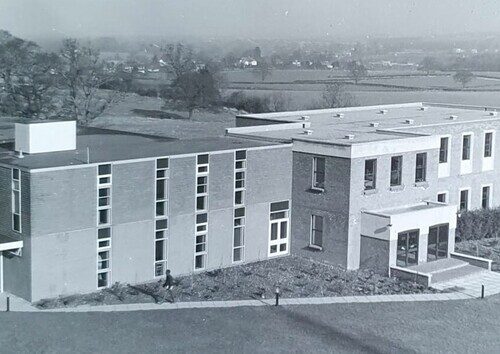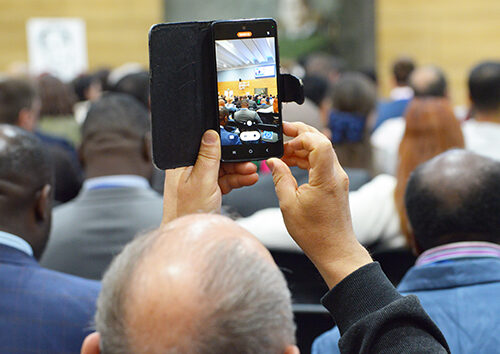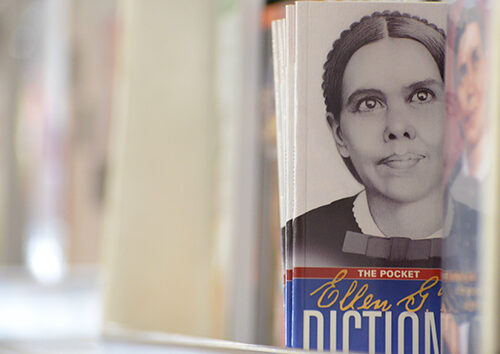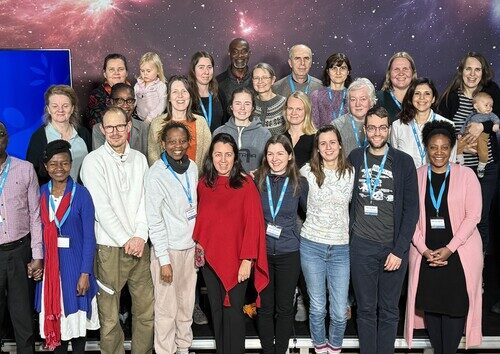24 April 2024| Bracknell, UK [David Neal and Nevena Borcsok]
“A library is a place where the dead live. The books and manuscripts are monuments of these vanished minds. We have here a diary of the human race, of the Church, of the great controversy between good and evil. Henry Dobson, a contemporary of Ellen G. White, wrote: “Who without books, essays to learn, draws water in a leaking urn.” We are all in need of books to plug our leaking urns.” (1)
It was on 20 April, a Sunday morning in 1974, that the late Dr. B. B. Beach delivered his dedication address at the opening of the new library and the European Ellen G. White Centre on the campus of Newbold College. Serving as the then Executive Secretary of the Northern Europe-West Africa Division (NEWAD), he described the occasion in his “I Have a Dream” address as “auspicious, a happy moment for each one of us. Dreams have become reality; plans have been converted into steel, concrete, bricks and glass. Hopes have become a research centre, a library.”
Europe’s ‘Catching Up’ Moment.
From the perspective of the present, it would be easy to dismiss Beach’s rhetoric as hyperbolic – after all was this not merely the opening of a rectangular plain two-storey construction? But for the Seventh-day Adventist church in Europe the opening was a hugely symbolic ‘catching up’ moment.
It was as if Europe was ‘catching up’ with the opening of both the research centre and the library. The significance of the research centre (a joint venture between NEWAD and the Euro-Africa Division) was explained by Dr. Jean Zurcher (Executive Secretary). “In Europe, there has long been a love for the person of Ellen G. White, but there has been an ignorance of her writings.”
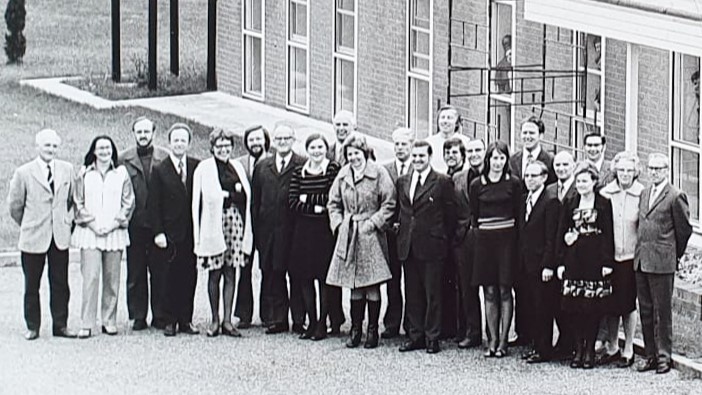
Designed to serve Newbold students, external academics, and local church members, it was the first of its kind outside of the USA. For the first time a comprehensive library of Ellen White’s writings and manuscripts – historical church documents – were accessible – providing at last the big picture of her ministry. The appointed curator was not only to manage manuscripts, but respond to letters answering questions to those seeking clarification about her writings.
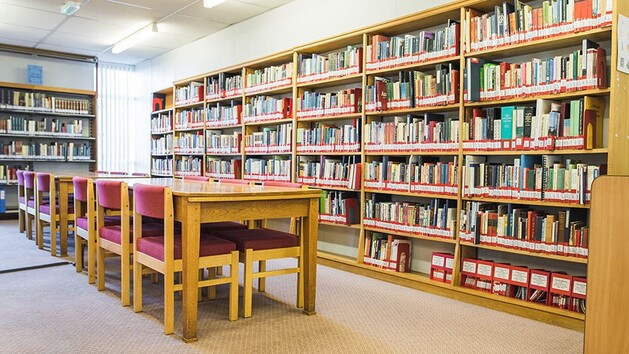
A New Fit For Purpose Library.
From the perspective of Newbold College, the need for a new fit for purpose library was without question, particularly with the new postgraduate year for ministerial students. Compared to the old Salisbury Hall library with 13,000 volumes, the new library would hold 40,000. In addition was space for library offices and workrooms, and a new periodical section.
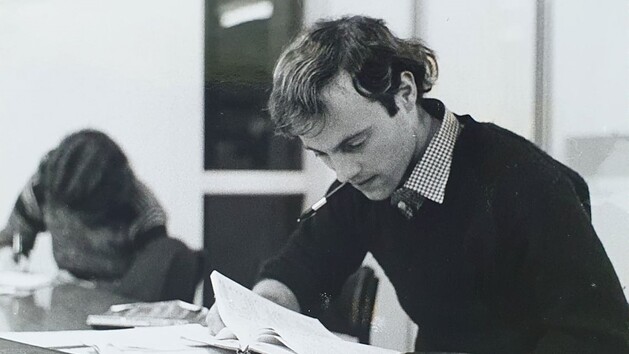
As Jonquil Hole describes, “the new library acquired a professional librarian for the first time; for its first three quarters of a century, keen amateurs had overseen the acquisition and administration of the books and journals.” (2)
In 1987 the library added a new wing, and was renamed after a former principal, Roy Graham. With the ability to house up to 60,000 volumes and 400 periodicals, there was new space for 130 study places. The new wing also enabled the Research Centre to expand.
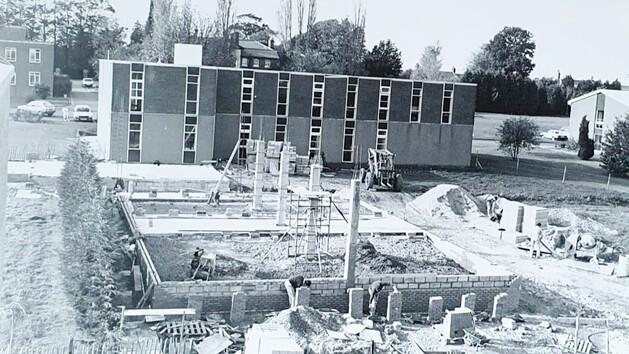
The Transition from What Was to What Is.
It is estimated that over its 50 years of ministry the ‘college library’ in one sense has been the heart of the Newbold; on the human level – a great working environment and meeting place; on the academic level – to discover what is true; and at a deeper level, the value that Seventh-day Adventists value education for the purpose of serving with excellence.
Shortly after the addition of the new wing, the World Wide Web became available for public use, and… the rest is history! Nevena Borcsok who serves as the current librarian, explains the role of the library in today’s world:
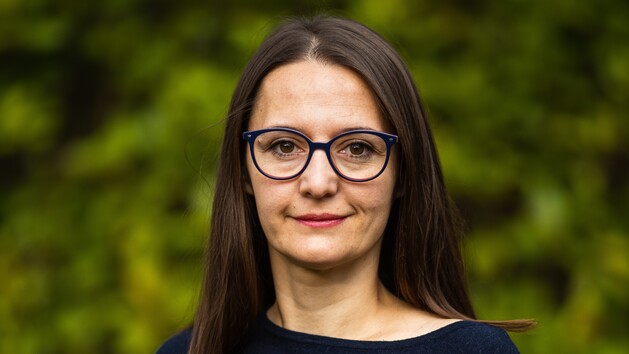
What is the library’s role today in this digital age?
We live in an age where information is swiftly available, the amount of information doubling every two years through the internet. How do we distinguish which information is current and relevant? Libraries play a crucial role in providing access to relevant and up-to-date information. Libraries remain important community spaces, where people gather to collaborate, share experiences, create, attend events, and access resources and services. They also serve as an important repository for preserving cultural heritage and digital materials.
How is the Roy Graham Library currently serving students?
Today, our library houses a vast collection of books, and is dedicated to meeting the research needs of students, lecturers and researchers, offering invaluable access to archival materials, and an extensive selection of e-books and e-journals. Yet, its true value lies not in its physical structure, but in the dedicated individuals who have meticulously organised its contents, ensuring accessibility for all.
The Document Delivery Services enable students to swiftly recommend or request materials that are currently unavailable in our holdings but crucial to their research. With our efficient system, researchers can access vital documents in minutes, making their research time efficient.
The library also proudly houses an exceptional collection of rare books, manuscripts, and archival material directly related to the rich history of the SDA church in Europe and the British Isles. We know digitalising these collections is important for preserving church history. To help make theses collections more accessible, we are soon to commence the digitalisation project, and are anticipating making great progress on this in the coming year.
Finally, our library staff are trained to assist students in finding relevant resources, conducting research, and navigating databases.
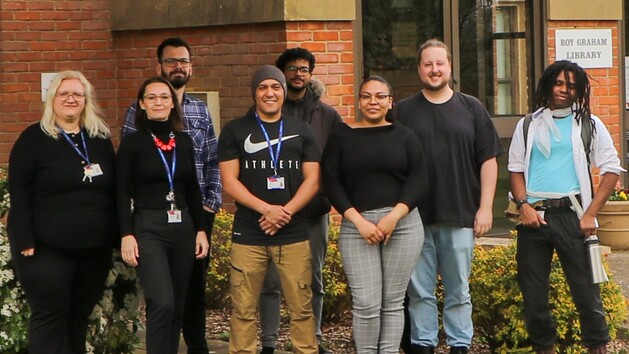
More than a building.
Half a century ago, the library collection found its new home in the spacious halls of our newly constructed building, marking the beginning of a remarkable journey. Despite its humble beginnings, it symbolised Newbold’s commitment to nurturing learning and intellectual exploration.
While the library itself is merely a building, it is the people within who infuse it with life and purpose. Working within these walls is both a privilege and a responsibility, and I am immensely grateful to all who have contributed to its smooth operation over the years.
To all my esteemed colleagues, past and present, I extend my deepest gratitude. It is through your collective efforts and expertise that the heart of our library continues to beat, enriching the lives of countless individuals with the boundless wealth of knowledge it holds.
Look out for part 2 of this report, including video interviews, coming up in a future edition of tedNEWS.
- B. B. Beach quote from his ‘I Have a Dream’ 20 April 1974 address at the opening of the new library.
2. “One Hundred Years of Newbold College”, p.119 – 120.
- The 1974 May 17 Messenger mentions that ‘the whole ceremony was illuminated by the arc lamps of a film unit, capturing the event on celluloid… intended to be part of many Sabbath School missions appeals in the fourth quarter of 1974 when the Sabbath overflow offering will go to Newbold.” If any tedNEWS reader can give a lead as to where the celluloid might be stored, please let us know at [email protected]
- Over decades names of instituions change. Newbold College is the former name of Newbold College of Higher Education. The Northern European West Africa Division is the former name of the Trans-European Division. The Euro Africa Division is the former name for the Inter-European Division. Division names changed due to realignment in territorial assignement.
Photos: courtesy of Newbold College of Higher Education.
